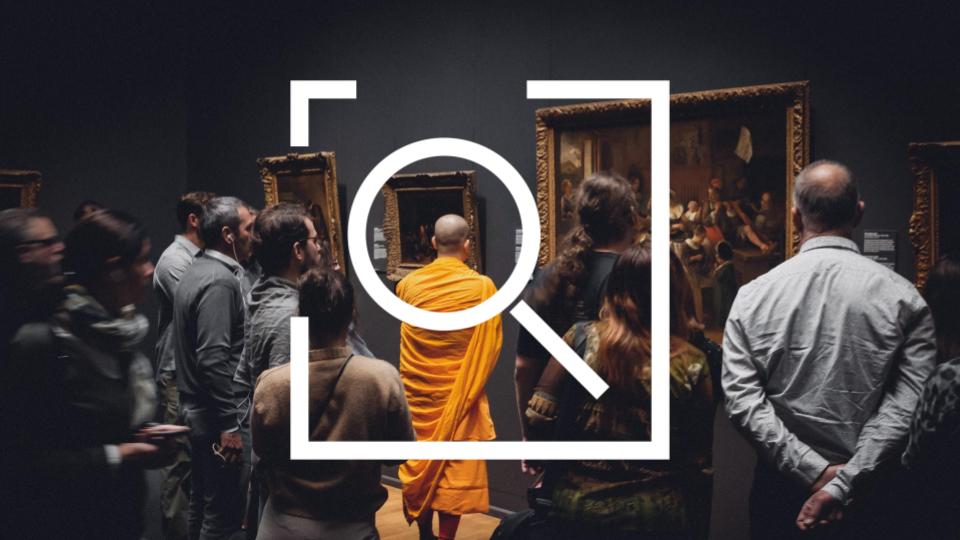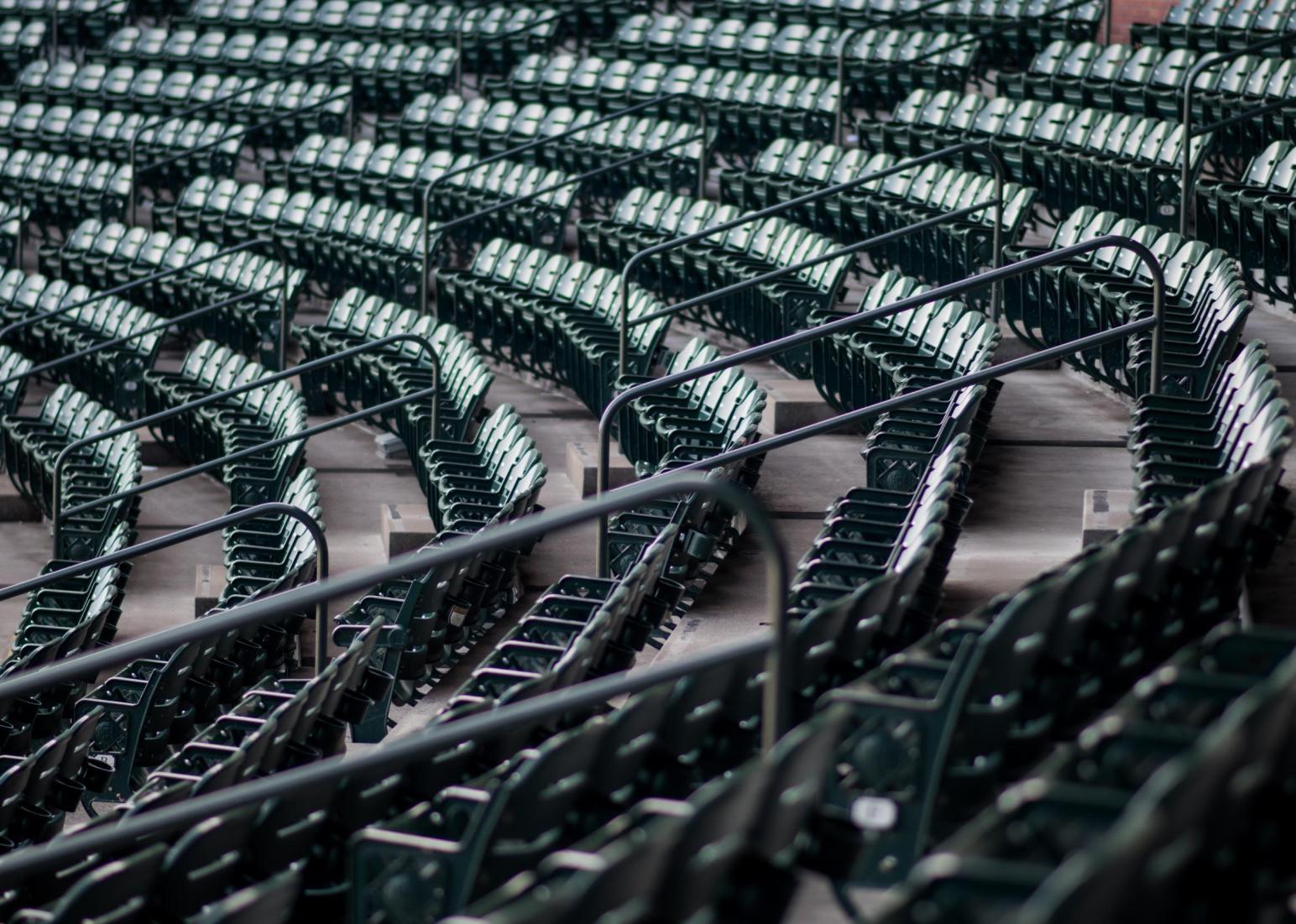There is a wealth of data available to museums with many different types of data and ways to collect data. Once you have identified the types of data and collection methods available, the next step in your data driven strategy is to derive actionable insights from your data. In this article we explore the various types of data which could help improve your museum; from website visitor analytics to venue heatmaps for exhibition popularity. We’ve put this article together to help demystify data, show how to collect data and to ultimately provide insights to improve your guest experience, marketing efforts and to increase visitor numbers.
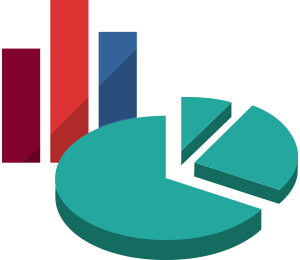
What do we mean by data?
Why do we want to collect data?
What data should your museum be collecting?
The data collection process comes from many sources and will depend on the level of technical know how and availability of staff and specific requirements of your museum. Data can include; traditional (surveys/polls), online (website visitor analytics, social media profiling, surveys), ticket sales (point of sale, website sales), IoT/ Indoor Location tracking (visitor heatmaps and user flow) among other data which may not be as obvious such as weather or competing attraction offerings.
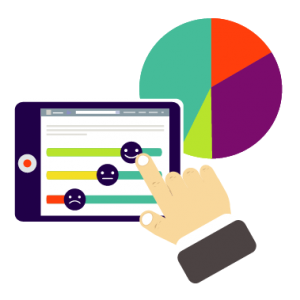
Using surveys and polls are useful for collecting opinions on specific topics. Surveys can include open ended questions for gathering opinions and can include multiple choice questions to help gauge audience interest when trying to narrow down choices, new exhibitions or opening times for example. Surveys can be distributed at your museum or could be used to collect information digitally via an in-app or website pop-up. Participants can be incentivised to participate with discounts or special access to the museum or information.

Tracking website traffic is a simple method for tracking and understanding your customers who visit your website. Often guests will visit your website or social media to gather information and plan their visit. By simply installing a tool like Google Analytics, you can easily monitor website visitors and see a breakdown of visitors by demographics, website behaviour and more. It is important to keep in mind this will only provide information on a certain section of your visitors and ones who do not visit your website need to be taken into consideration when profiling your customers.
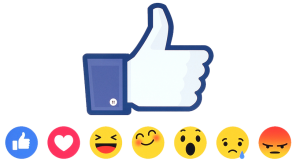
Social Media is a cost effective tool for creating profiles on museum “fans”, gauging social engagement and for reaching your target audience through interest based marketing. Social Media platforms such as Facebook and Instagram not only provide a tool for directly reaching your audience for marketing, they also do a great job at recording and showing stats for interaction with social media pages. Due to the large number of social media users, the information gathered on users is vast and rich, making it is easy to do targeted interest based marketing, but to also measure the size of your potential audience and to find more customers through it’s ad creation tools which provide metrics on number of people with specific interests and demographics. Metrics such as Facebook “likes” or Instagram “Followers” are a simple measure of engagement with your museum and are a simple and free tool for page managers to gauge interest.
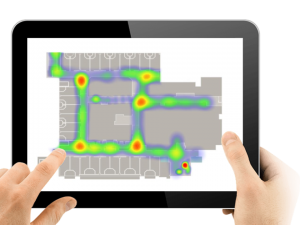
Installing IoT connected devices such as Bluetooth iBeacons, WiFi Routers or Ultra-Wideband Anchors can provide precise movement analytics of visitors to better understand how guests are interacting with your museum space. This data can be visualised as heatmaps to easily identify how guests are moving through your museum, what exhibits are popular (or not) and to identify dead zones; areas that guests are not viewing. This data is extremely valuable as it captures the true movement of guests, identifying popular exhibits and allowing for better use of space, exhibition positioning and layout.
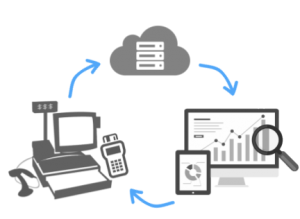
Tracking ticket sales or visitor numbers is a great way to measure museum attendance and when tracked for some time, can be used to identify busy periods, quiet times and visitor numbers over different time periods, and for comparison of exhibition popularity. Combining ticket sales with a Business Intelligence suite can provide a vast bank of data, profiling customers and for sending more relevant marketing material such as email newsletters and targeted offers based on guests previous visits and interests.
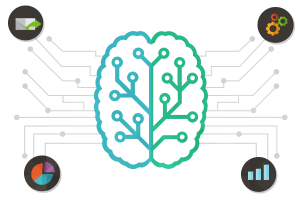
What are some useful tools for capturing and working with data?

Website Visitor Analytics / Google Analytics
Often your guest will start with a visit to your website to find information and plan their visit. Whilst not all visitors will visit your website, this provides an excellent opportunity to capture information on demographics, location, age, sex, how they found your website (Google, Social Media, Email etc.), how much time they spent on your site, how many and which pages they visited and much more. Google analytics is free to use and is as simple as copying and pasting one line of code into your website builder. Best of all, Google analytics has a fairly simple and very useful list of data sets and ways for filtering and comparing data within Google Analytics.

Mobile App Analytics / Firebase & Yahoo
If you provide an app to your guests via either rental devices or via a download from the Google Play and App Store you can collect rich data on your guests. Common data collected here can include an account signup where guests provide contact details or use social media login. Social Media login can capture data including contact details but also friends lists, interests and more depending on their specific account settings. If you offer a downloadable app, having in-app analytics such as Firebase or yahoo analytics, provides similiar insights to Google Analytics for web. This allows for profiling of customers and understanding who your audience are and therefore the ability to provide more relevant exhibitions and offers.
![]()
Online / Offline Surveys
Are great for asking direct questions regarding your museum and for understanding the opinions of guests. Best of all, surveys/polls can both be done both in person at your museum through personal questionnaires onsite or online. Onsite surveys can be delivered via tablets, touch screen TV’s or pen and paper questionnaires. Onsite surveys provide an opportunity for staff to speak with guests in person and gather additional insights questionnaires may miss. Another survey method is to use simple plug-ins or a custom form added to your website or app. There are many free tools online for building surveys/polls and ones including cookie tracking or social media sign-in provide an easy way to collect additional data on your guests interests and demographics. Popular tools include SurveyMonkey and TypeForm.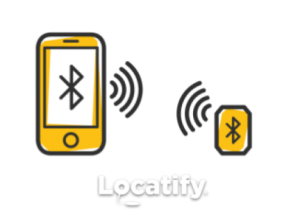
IoT Connected Indoor Location Tracking / Locatify
IoT connected indoor location devices provide a wealth of data which would otherwise not be possible. By installing and harnessing a variety of Radio signal technologies such as iBeacons, WiFi Routers or Ultra-Wideband Anchors and Tags, you can use mobile phones or devices to understand where and how your guests are moving through your museum. The result of this is detailed heatmaps showing popular exhibits, natural walking flow, and areas which aren’t used. The most affordable option here is using Bluetooth iBeacons (discussed in depth here) and connecting these with a mobile app such as Locatifys Automatic Museum Guide. Popular iBeacon manufacturers include Kontakt.io and Estimote. Alternatively you can use existing WiFi Access Points to track guest movement, but both iBeacons and WiFi provide limited positioning accuracy to around 2.5m accuracy. If more precise accuracy is needed, Ultra-Wideband infrastructure can be installed to cover an area with 20cm positioning accuracy and real-time updates. This method can create a near perfect heatmap and visualisation of guest movement through your museum. For Ultra-Wideband (UWB) to be effective, all guests must be equipped with a UWB tag which can be handed out as a lanyard, wristband or attached to a mobile device.
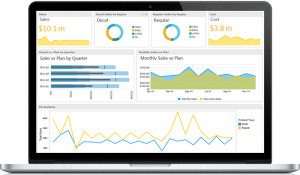
Business Intelligence Suites (Collecting, Analyzing and Reporting):
Completing the big picture may require a Business Intelligence (BI) software application. BI software is often use for collecting, transforming, analysing and reporting of data. Common data collected includes Ticket sales, Point of Sale transactions and Website Sales among others. BI software often goes beyond providing a powerful tool for making sense of your data, it also can provide tools for profiling customers and sending automated marketing material when connected with tools like Mailchimp. Popular suites include Oracle, SAP, Microsoft Azure and specifically designed for museums; Dexibit.
Considerations around collecting and using data
As data provides a wealth of useful information, it includes sensitive information and poses concerns surrounding security and ethical use of data. This is important for everyone using data and vital all data is collected, stored and used in ethical and secure ways. The EU’s data protection laws have recently been updated to reflect these concerns. Moreover, it is also important to track data over a long enough period of time, as small data sets are easily skewed and may not accurately reflect real life events or trends.
Conclusion
Hopefully this article has provided you with a basic understanding of the types of data which are available and how you can start collecting and analysing data for your museum. Using this data, you will be able to form a solid understanding of who your customers are, what they want and better understand what you can do to improve your museum offerings and operations to reflect what your guests want.
Contact us today to see how Locatify can help integrate a data strategy into your Museum through our Automatic Musuem Guide app, Analytics and an Indoor Location System.

